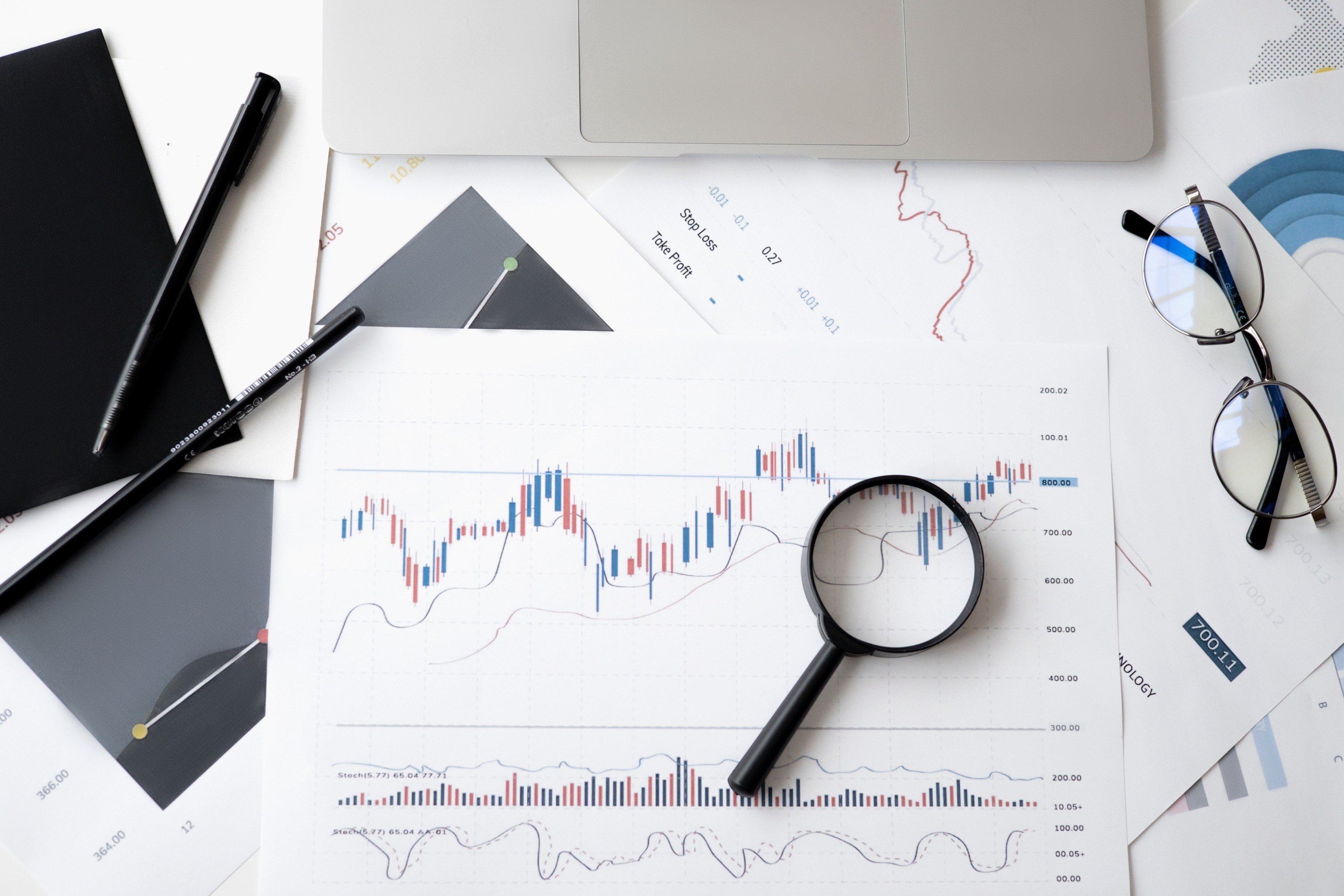
Backtesting is the systematic process of evaluating an investment strategy’s performance by applying its rules to historical market data.
It serves as a critical validation tool, enabling investors to assess a strategy’s potential profitability and associated risks before deploying it with real capital.
This process is indispensable for mitigating risk, identifying potential flaws, and optimizing investment strategies for consistent performance. It transitions theoretical trading ideas into data-driven, quantifiable strategies.
This guide provides a thorough understanding of backtesting, covering its essential steps, critical considerations, and common pitfalls, empowering traders to make informed decisions.
Why Accurate Backtesting Matters
The foundation of effective backtesting trading strategies lies in clearly identifying your investment goals and using the appropriate indicators and approaches to help generate the right set of stocks. Being flexible and patient with your strategies is an important skill to master to help end up with the perfect strategy.
An example of granular conditions while backtesting strategies is specifying a moving average crossover timeframe that aligns with your end goals. Meytrix allows you to select from four such crossovers (4-9, 9-18, 18-50, and 50-200 days).
This level of detail ensures the strategy backtesting process is replicable and accurate. To effectively backtest a strategy, one must have a solid understanding of the chosen strategy’s parameters.
The accuracy and reliability of historical data are paramount. Data must be sourced from reputable providers, ensuring its integrity and completeness.
Consider the data frequency and how it will impact your backtesting results. For instance, using daily data for a day trading strategy will yield misleading results.
Ensure the data has been adjusted for splits and dividends to avoid skewed results. Data quality significantly impacts the validity of backtesting outcomes. Understand the data source’s methodology and any potential biases.
Meytrix sources its data from reputable data providers to ensure accurate insights.
Selecting the Right Timeframes
While backtesting your strategies, it’s important to notice the time frame chosen to backtest, and the knowledge of how the market was performing during that time. This will help investors evaluate their strategies better and make specific bullish or bearish strategies.
The total time duration selected can also be a key factor in differentiating short and long-term strategies. Meytrix allows you to backtest strategies during custom time frames starting from 1st Jan, 2020. In addition to that, Meytrix offers the optimal allocation for every stock in a generated strategy, and compares the performance of the strategy versus NIFTY 50 when allocation is equally and optimally.
Optimal allocation on the Efficient Frontier can help mitigate risk in a bearish market and can serve as an additional factor while evaluating investment strategies.
Overfitting, Bias, and Real-World Factors for Robust Strategies
Overfitting occurs when a strategy is excessively tailored to historical data, resulting in poor performance in live trading.
This often happens when traders try to optimize every parameter to achieve the best possible results on past data. Data snooping bias arises from inadvertently incorporating future information into the backtest. Look-ahead bias is very similar and must be avoided.
Preventive measures involve strict adherence to data integrity and avoiding the use of future data in the backtest. For example, using closing prices to generate signals that would have been available only at the end of the trading day.
Ignoring transaction costs and slippage can lead to unrealistic backtesting results. Accurate estimation and inclusion of these factors are essential for a realistic performance evaluation.
Consider the broker’s commission structure and the average slippage encountered in the market.
Markets change, and a strategy that works in one market might not work in another.
Backtesting should be performed on multiple market conditions, including bull markets, bear markets, and periods of high volatility.
Free vs. Premium Backtesting Solutions
Many traders often search for a free backtesting tool. While some basic options exist, they often lack the depth and precision required for robust analysis.
Investors do have a plethora of options for free backtesting websites, but they lack important features like customizable indicators, detailed performance reports, and the ability to handle large datasets.
Meytrix, while offering a comprehensive suite of features, is designed for those who prioritize accuracy and efficiency. Users seeking a free strategy backtesting tool might find limited utility in basic tools.
A high-quality back-testing website/tool is extremely important as it will be the tool that traders use to make important decisions.
Meytrix and the Future of Backtesting for Enhanced Decision-Making
A free strategy back-testing website/tool, while tempting, often lacks the sophisticated analytics and data quality that Meytrix provides.
Backtesting is a foundational tool for validating trading strategies, requiring meticulous attention to detail and a thorough understanding of performance metrics. Strategies should be continuously refined based on backtesting results and evolving market conditions.
Backtesting is not merely a technical exercise but a strategic tool for informed decision-making and risk management. By employing rigorous backtesting practices, particularly with a powerful tool like Meytrix, investors can enhance their confidence and optimize their investing strategies for long-term success.
Meytrix allows users to backtest their strategies with speed and precision, offering a significant advantage in today’s fast-paced markets.
Using Meytrix to backtest allows for a more efficient and accurate process, which can greatly improve a trader’s confidence in their used strategies. The AI-driven capabilities of Meytrix allow for a deeper understanding of market dynamics and a more robust backtesting process.
Conclusion
Rigorous backtesting remains an indispensable component of any robust trading strategy.
By meticulously applying defined methodologies to historical market data, traders can objectively assess the viability and potential performance of their investment approaches.
While freely available tools may offer introductory capabilities, platforms like Meytrix provide the sophisticated analytical depth and precision necessary for professional-grade validation.
Embracing backtesting as a continuous, iterative process, informed by data and refined through rigorous analysis, empowers traders to navigate the market with enhanced confidence and optimize their strategies for sustained, long-term success.
FAQS
Proper backtesting involves defining clear strategy rules, using accurate historical data, selecting a suitable platform, rigorously testing, and analyzing results while accounting for real-world factors like transaction costs and slippage.
The 5-3-1 trading strategy typically refers to a method of position sizing or risk management, where a trader allocates risk in decreasing increments (e.g., 5% of capital, then 3%, then 1%) to manage potential losses. It can also refer to a strategy utilizing moving averages with those periods.
100 trades is generally considered insufficient for robust backtesting, as it may not provide a statistically significant sample size to accurately assess a strategy’s performance across various market conditions. A larger sample size is generally recommended.
Zerodha’s platform, Kite, primarily facilitates live trading. While it provides historical data, it doesn’t offer a dedicated, integrated backtesting environment. Traders often use external platforms or tools to backtest strategies using Zerodha’s historical data.



















